The Power of Connection
Recently, we opened up about our stress “rock-bottoms” here and here. For high achievers, who like to “seek and accept responsibility,” this in itself was difficult. It meant admitting the truth: that we may be capable, but we’re not invincible. That sometimes we crumble under the weight of what we put on our shoulders.
Because it’s so hard to admit, we humans usually try to deal with stress alone. Since the days of Freud, mental health has been a solo journey. Just you and your crushing stress and anxiety. If you’re lucky, you have a therapist or coach in your corner, every week or two.
But there’s something a lot of us are missing. Something intrinsic to the human experience. That is human connection. Hunter-gatherers accessed connection by gathering around a fire. Later, houses of worship became our spaces for shared experiences. Today, many of us are struggling to find that space for connection.
Over the last 2 decades, hundreds of studies have proven what we’ve subconsciously known throughout history: social connection provides a crucial buffer to the stresses of life.
In reviewing top studies on this subject, including research by Harvard Professors Ichiro Kawachi and Lisa F. Berkman, four key insights are clear:
Belonging to social groups produces positive psychological states, like a sense of purpose, belonging, security, and self-worth, as well as boosting our self-esteem;
Social interaction provides us with normative guidance about behaviors (if others are adopting good habits, it motivates us to do the same);
Social support reassures us that we’ll have help when faced with stressful events, which results in a more positive perception of the situation;
Social connection dampens physiological responses to stress (e.g., reduced blood pressure, heart rate, and stress hormones). It has even been shown to reduce your chances of death by 3x compared with those who are more isolated.
During the pandemic, the lack of these important aspects of social belonging became more pronounced. The sidebar with a co-worker or a happy hour where you could really talk - disappeared. The impromptu dinners with friends - gone. The hugs from parents or grandparents became fraught with risk. Even if you were socializing, the topics were dominated by the elephant in the room and conversations were full of theorizing and catastrophizing.
Today, as we start interacting in person again, many of us complain that we have forgotten how to really connect with others. Socializing can now give us social anxiety that we didn’t even know we had. And yet the solution isn’t less social connection, but rather more.
At Habit and Co, we’re creating the safe space and support for people to build those connections on their journey to overcoming stress and anxiety. Our Deeps Methodology, a proprietary, community-first stress-reduction program, leverages:
The latest research on ways to modulate your stress response and manage your energy from top neurobiology labs at Stanford, Harvard, UCLA, and MIT;
Neuroplasticity techniques (your ability to rewire your brain) to build new skills such as curiosity, reframing, gratitude, and agency, which have all been shown to improve wellbeing; and
Top techniques from psychology such as cognitive behavioral therapy, acupressure, somatic therapy, mindfulness, and positive visualization.
If you’re struggling with stress and anxiety, it’s time to try something new. Join us for the next cohort of Deeps kicking off on June 29th at www.habitand.co and join your stress support crew.
